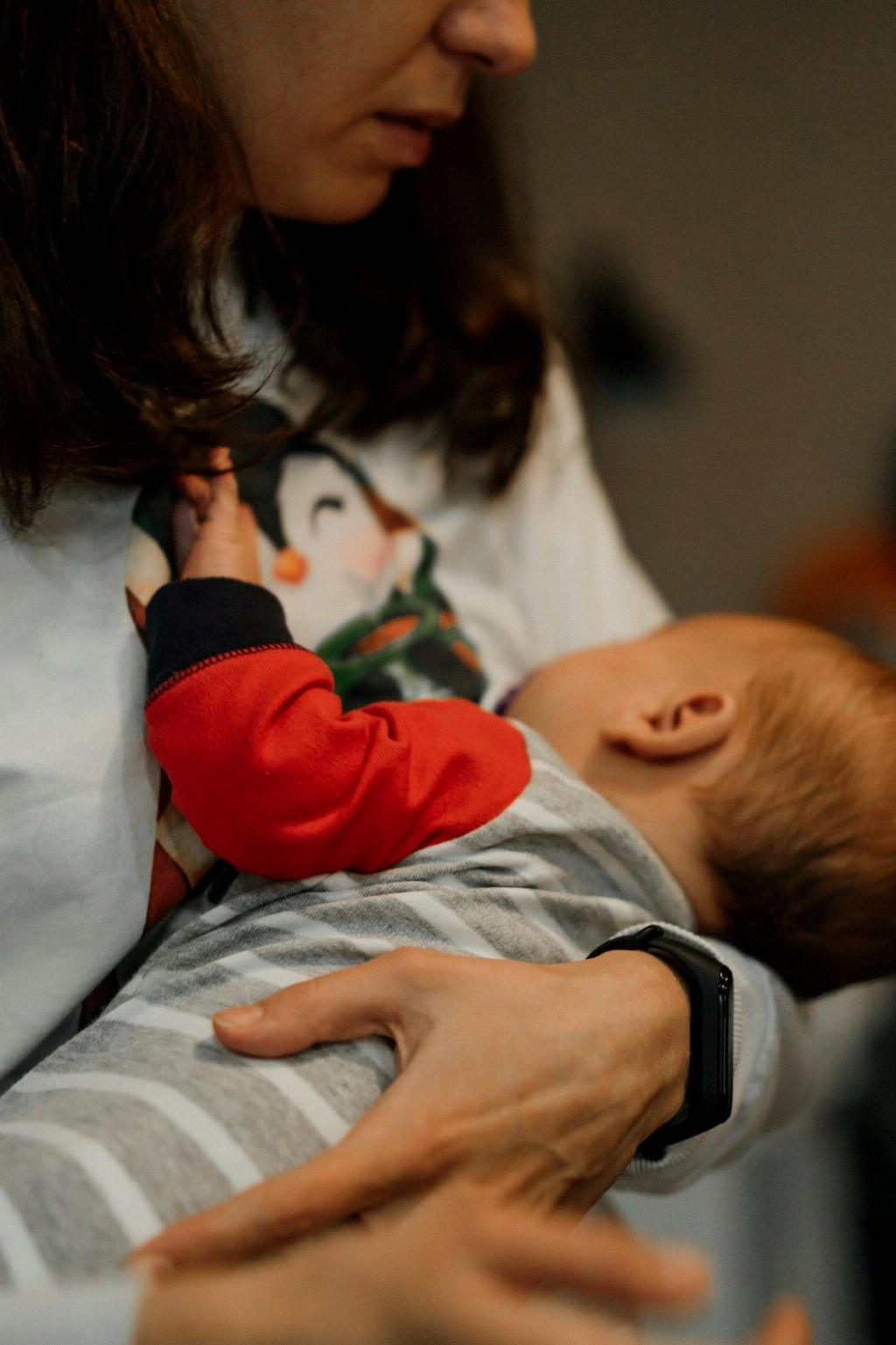Many mothers face challenges when it comes to breastfeeding, and one such hurdle is Insufficient Glandular Tissue (IGT). IGT is a condition where the breast does not develop enough glandular tissue during puberty, which can affect a woman’s ability to produce an adequate milk supply for her baby.
One of the key visual indicators of IGT in breastfeeding mothers is the shape of the breast. Breasts affected by IGT are often described as narrow or tube-like, pointing more towards the sides of the chest rather than the front. This unique shape can be an early sign of potential breastfeeding difficulties.
Another common symptom of IGT is the size and appearance of the areola, the dark circle of skin around the nipple. In women with IGT, the areola may appear disproportionately large when compared to the overall size of the breast. Additionally, the areola might have a puffy or bulbous appearance, which can be a distinctive feature of this condition.
Women experiencing IGT may notice that their breasts have a conical shape, lacking the fullness typically associated with adequate glandular tissue. This difference in shape can impact milk production and milk transfer during breastfeeding, leading to challenges in nourishing the baby effectively.
Furthermore, mothers with IGT often struggle with low milk supply, despite their best efforts to stimulate milk production through frequent breastfeeding or pumping. This insufficient milk production can be frustrating and stressful for mothers who are committed to providing breast milk for their infants.
It is essential for women with IGT to seek support and guidance from lactation consultants or healthcare professionals who can offer specialized care and advice tailored to their specific needs. With the right assistance, mothers with IGT can explore alternative feeding options to ensure their baby receives adequate nutrition and care.
In addition to physical symptoms, women with IGT may also experience emotional challenges related to breastfeeding difficulties. Feelings of inadequacy, guilt, or disappointment are common among mothers dealing with IGT, highlighting the importance of emotional support and understanding during this challenging time.
Understanding the symptoms of IGT is crucial for early detection and proactive management of breastfeeding challenges. By recognizing the unique visual markers associated with IGT, mothers can take steps to address potential issues and explore alternative feeding strategies to support their baby’s growth and development.

